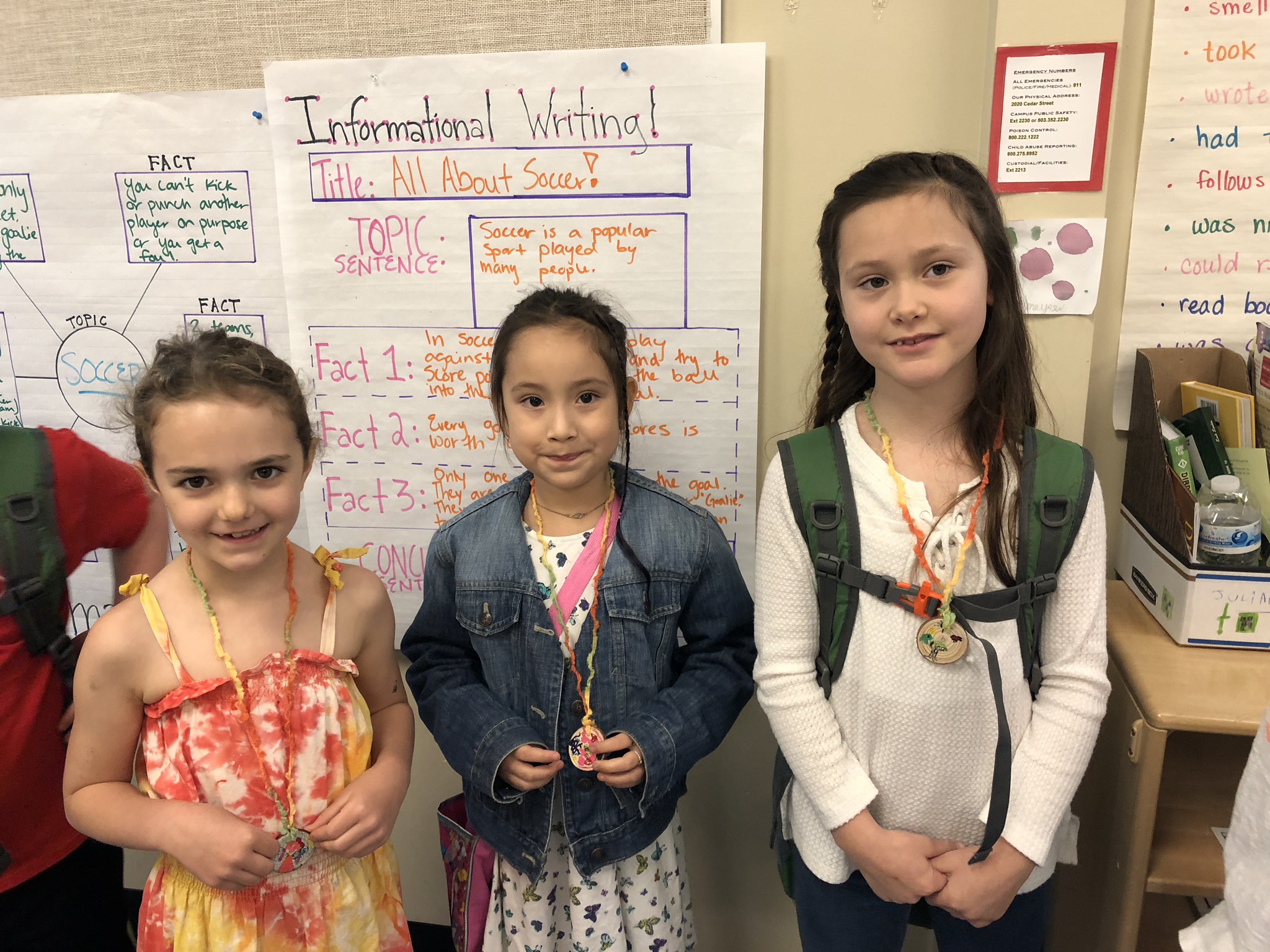Biodiversity is the Spice of Life
/In the last couple weeks we have begun exploring the vast variety of living things on Earth and examining how they are all interconnected through our study of biodiversity around the world and in our own community. We began this exploration by first celebrating Earth Day and reading Dr. Seuss’ The Lorax. After watching a video about how we can take better care of our planet, we also had a whole class discussion on the role humans play in making sure we protect the Earth. We celebrated this by also participating in a collaborative expressive arts project that represented how each one of us plays an important role in taking care of the world we live in.
We also watched a really interesting video on biodiversity and began to learn more about how important the variety of life is on Earth. In the first week of our study we began by looking at the role animals play in an ecosystem and we each got to pick our own animal to research. We chose all kinds of animals to learn about, from cats and dogs to camels and gorillas. We all picked different animals so we can create an informative class book, which will focus on key facts about each animal such as what type of food it eats and where it’s natural habitat is located. While conducting our research, we read really exciting informative articles and then documented our animals by drawing pictures of them.
While most of the animals we chose to research were non-native animals to Forest Grove, we also learned about a native species found right here on Pacific’s campus: The Western Gray Squirrel! In doing this, we practiced close reading skills and annotated articles in pairs. This will really help us next week when we compare the habitat of our individual animals we chose and the squirrels’ habitat in the Cedar classroom.
We’ve not only researched animals though, we also spent time working in small groups practicing close reading of articles about what biodiversity and ecosystems are and the impact humans have on them. We did this by first reading an article with a partner and then in groups of four we shared our ideas and created a poster that highlighted the main ideas about the article. We were tasked with creating something that we could share with our peers since each group read articles about different topics. Then we presented our poster to the whole class and shared the main ideas we learned while reading.
Additionally, we welcomed the arrival of our very own praying mantis egg sacs and moth cocoons in class! As a way to prep for their hatching we have spent time learning about their life cycles and making observations. We also participated in a really fun group lesson on insects, which helped us to review the body parts and characteristics of them, in addition to learning more about the differences between moths and butterflies.
To end our second week of studying biodiversity, we got to go on a fun field study to Mr. Mark’s backyard where we explored during a BioBlitz activity in small groups. We got to decide which supplies we needed as a group and then we documented our observations by drawing and labeling pictures, as well as writing descriptive sentences about what we observed in our own handmade nature journals. It was a lot of fun!

















































